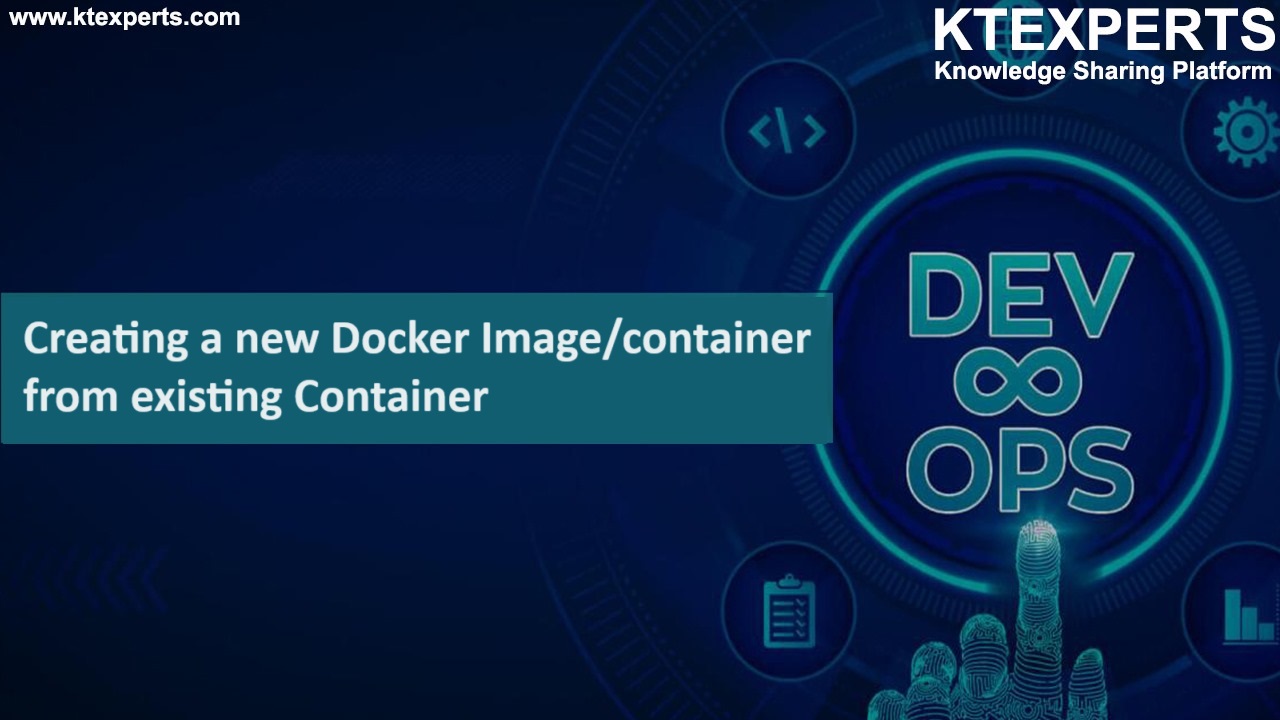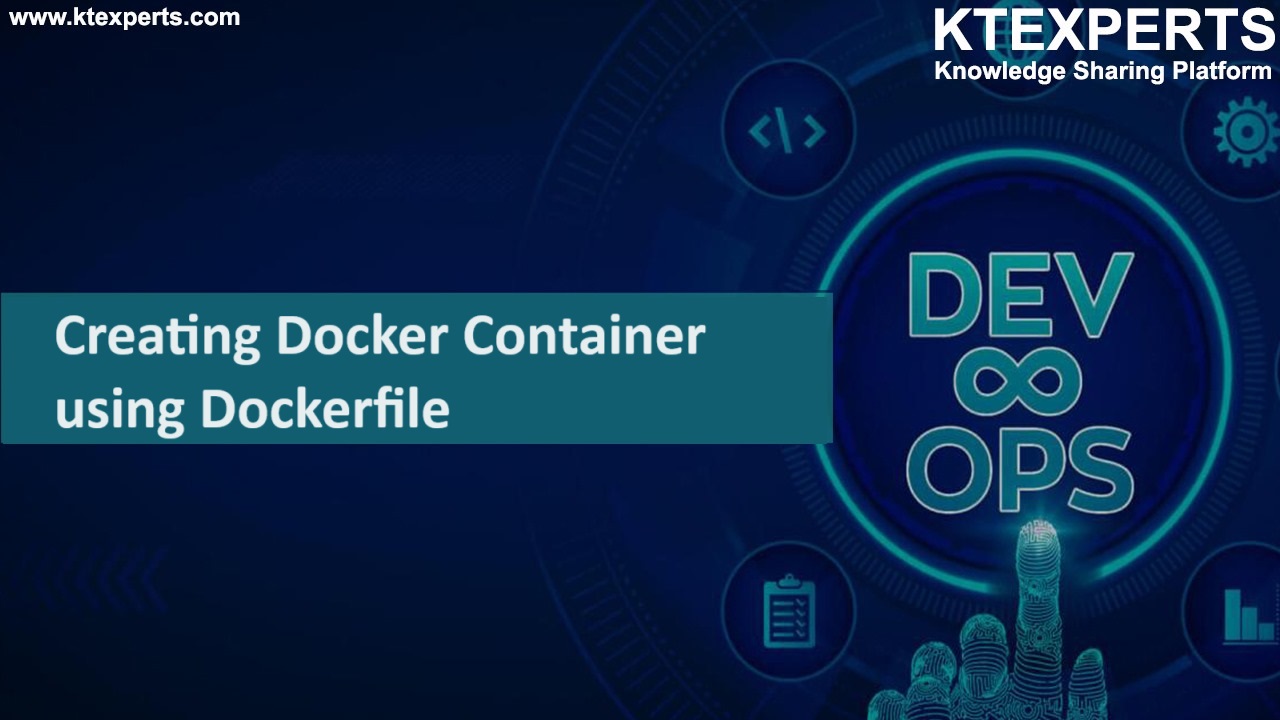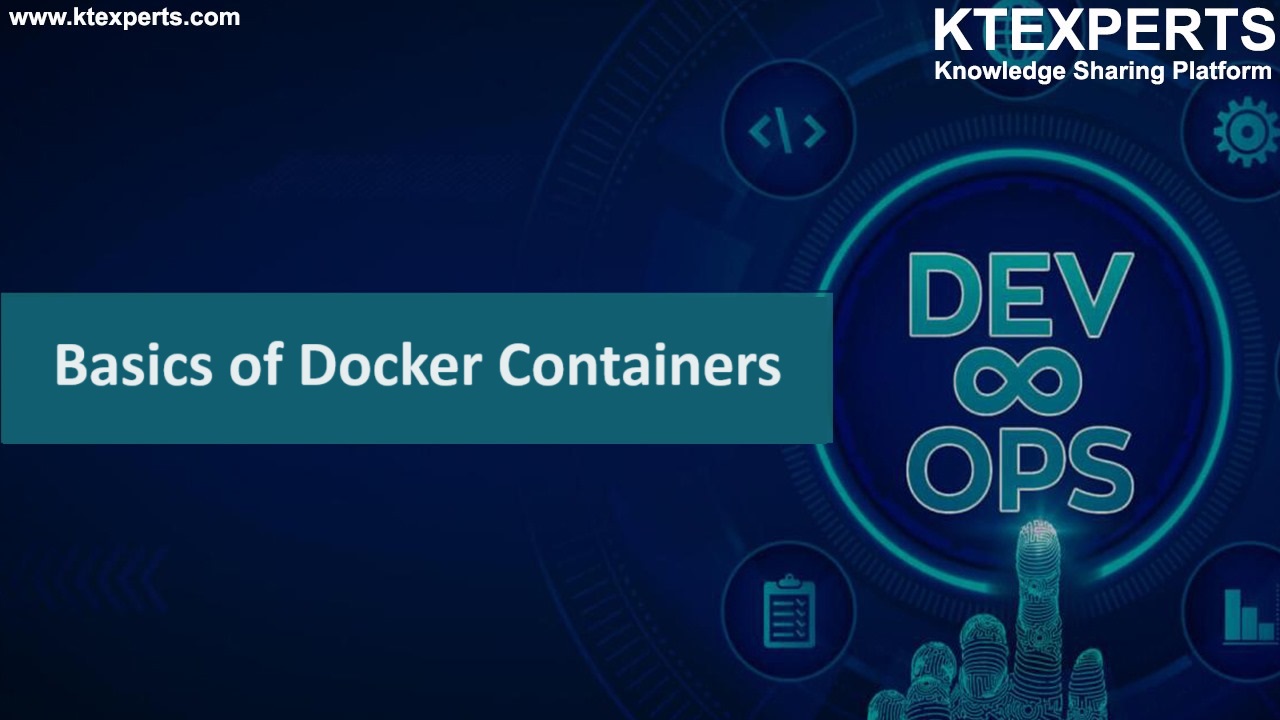Introduction on DevOps

What is DevOps?
DevOps is a set of software application development principles that combines an agile working culture, best practices, and tools which increases a company’s ability to create, deliver, and improve applications and services much faster than traditional waterfall-based software development processes.
DevOps helps organizations to serve their customers better, by embracing a customer-centric environment, so they can attain a competitive advantage in their industry.
DevOps is a culture or practice that focuses on a collaborative approach of developing and deploying a software. It requires the cooperation and integration of software developers (Dev) and IT Operations staff (Ops).
This integration requires a culture shift from how many teams work. It requires a culture that promotes cooperation and communication between teams. The benefits of DevOps are improved agility in IT service delivery and rapid, reliable software delivery.
DevOps can be defined as an alignment of development and IT operations with better communication and collaboration.
DevOps stands for development and operations. It’s a practice that aims at merging development, quality assurance, and operations (deployment and integration) into a single, continuous set of processes. This methodology is a natural extension for Agile and continuous delivery approaches.

Traditional vs Modern Methodologies
You might have noticed that in our industry, many organizations are moving towards Agile way of working. This means that the waterfall approach, we have embraced in the past decades is now fading. We are in the major paradigm shift; and we are moving in an engineering way of thinking about software delivery towards a manufacturing approach.
Traditional vs Modern Methodologies in Software Engineering.
| Traditional | Modern |
| Waterfall Approach | Agile Approach |
| Different teams or organizational units for requirements,development,test and operations. | Multidisciplinary teams where all disciplines work together on small piece to deliver. |
| Clear separation between business and IT (Demand/Supply) | Business,Development and Operations in 1 team. |
| Release software 2 or 3 times a year | Release multiple times a day |
| Budget/cost driven | Value stream driven |
Agile and DevOps
Most of the time people are confused and even they think that Devops is a new thing. And sometimes they even confused about the different of Agile and Devops.
Actually as I’ve already mentioned Devops is not a new thing. If we read the Agile Manifesto, we can get an idea behind Agile and Devops.
“Our highest priority is to satisfy the customers through early and continuous delivery (CD) of valuable software.”

So it is concluded from the manifesto that when the Agile movement is started; they already explicitly stated the continuous delivery of valuable software. And continuous delivery is all about creating repeatable, reliable processes to deliver valuable software to our customers very fastly. And we have to automate nearly everything in order to achieve Continuous Delivery.
But still Agile and Devops are two different things. Agile basically fills the gap between Business/Requirement Engineers and Developers
Before DevOps and After DevOps

Why is DevOps used?
DevOps allows Agile Development Teams to implement Continuous Integration and Continuous Delivery. This helps them to launch products faster into the market.
Other Important reasons are
Predictability: DevOps offers significantly lower failure rate of new releases.
Reproducibility: Version everything so that earlier version can be restored anytime.
Maintainability: Effortless process of recovery in the event of a new release crashing or disabling the current system.
Time to market: DevOps reduces the time to market up to 50% through streamlined software delivery. This is particularly the case for digital and mobile applications.
Greater Quality: DevOps helps the team to provide improved quality of application development as it incorporates infrastructure issues.
Reduced Risk: DevOps incorporates security aspects in the software delivery lifecycle. It helps in reduction of defects across the lifecycle.
Resiliency: The Operational state of the software system is more stable, secure, and changes are auditable.
Cost Efficiency: DevOps offers cost efficiency in the software development process which is always an aspiration of IT companies’ management.
Breaks larger code base into small pieces: DevOps is based on the agile programming method. Therefore, it allows breaking larger code bases into smaller and manageable chunks.
DevOps LifeCycle
DevOps is the integration between development and operations. Different stages of DevOps working together constitute its lifecycle. Here are the stages of DevOps lifecycle.

Stages of DevOps LifeCycle
- Continuous Development
- Continuous Testing
- Continuous Integration
- Continuous Deployment
- Continuous Monitoring
Continuous development
Continuous Development of software is done in this stage. The process of development is completely different from the traditional models.
Continuous Testing
Continuous testing incorporates QA into the automated operations while supporting such tasks as unit and functional testing.
Continuous Integration
Continuous integration provides a mechanism for adding, updating, testing, and validating the code on a regular schedule.
Continuous Deployment
Continuous deployment provides a structure for automatically releasing code that has been committed to the repository and has passed the automated testing phase.
Continuous Monitoring
Continuous monitoring tracks and reports issues that occur during the application delivery process.
Continuous delivery works in conjunction with continuous integration to provide a structure for developing, testing, and deploying code as part of an integrated automated process.
DevOps Workflow
Workflow refers to any visual overview of the sequence of operation running in the environment. However, an input is provided to it and it shows the actions which are run and shows the output of the particular process. According to the requirement, the workflows help to arrange and separate jobs. Workflows also involve in providing the ideal process for job configuration.
DevOps workflow involves continuous development and testing running in a parallel way – the result code is sent for integration. If any errors arise it is sent back to development. Otherwise it is sent for deployment and monitoring. Also, if it is not properly deployed again it is checked with development, testing and integration. In this way, the workflow is interdependent between developers and operators. The team of DevOps includes developers, testers, system administrators and many others and their role is prominent in each phase and is involved to work actively as per the workflow.

DevOps Tools
It’s only the key role of DevOps tools that makes DevOps work significantly. As discussed various concepts above, different tools are being used in different phases of development, testing, integration, deployment and monitoring. Go on to have a look on some of the popular DevOps tools that are listed hereunder.
GIT
It’s a free open source tool that tracks changes in the file and enables coordination of the work among the DevOps team. It has the capacity to branch workflow, allows distributed development and ensures faster release cycle.
JENKINS
It is based on Java and is used in continuous integration server. With the help of around 100 plugins, it integrates all the stages. It also helps in automation, finding and solving bugs. It enables to script the pipeline involving one or more jobs in a single workflow. It also enables multiple ways of communication including CLI, Rest Api and GUI.
Selenium
It is also a free open-source tool that performs the best browser-based regression automation tests. Languages like Python, c#, Java, Perl, Php and Javascript are used for writing test scripts.
DOCKER
It helps to pack the code or application before shipment and uses Docker container using any language. It helps to update with zero downtime.
Puppet
It is also an open-source tool that is involved in configuration management. Independent to the platform, it helps in automation of inspection, delivery and operation of the software across the DevOps lifecycle.
Chef
Transformation of infrastructure into code is possible through this open-source configuration management tool. Any cloud-based platforms can be integrated to this tool. It supports various platforms such as FreeBSD, AIX and so on.
Ansible
It involves in automation of apps and IT infrastructures such as cloud deployments, network configurations, and creation of development environments.
Nagios
Nagios is a powerful tool used in monitoring and helps in automatic fixing of problems when detected. The issues are solved upfront avoiding any loss to the business. Server performance issues are monitored with the help of this tool.
ELK Stack
A combination of three tools Elasticsearch, Logstash and Kibana is termed as ELK Stack. It is also an open-source tool that is required for collection of insights out of the data. It helps to collect and analyze logs from the file to database or server.
Splunk
The machine-generated data is searched, analyzed and visualized through a software platform, Splunk. It has the capacity to ingest data from any format and helps in monitoring business metrics for log insights. Till now you have got an idea about DevOps, its necessity, lifecycle, workflow and tools. With this brief information, we will next move on to know its benefits.
DevOps Benefits
As you know, DevOps is a cultural change that allows faster software delivery for organization efficiency. Here are the benefits of DevOps that enable success in firms of various industries.
Improved quality
The quality of product development that incorporates infrastructure issues improves with DevOps.
Maintainability
The overall recovery rate at the time of release is maintained or improved by the processes involved in DevOps.
Predictability
The failure rate of new software product releases gradually decreases with DevOps.
Security
DevOps ensures security and lower risk because of the incorporation of specific secured aspects in SDLC. The number of defects associated with the product also is decreased.
Accelerated Application Delivery
Through DevOps, development is done through short software development cycles and the testing and other processes are carried out interdependently assuring faster delivery of any application. The interaction between various teams allows increased production rates.
Continuous Customer Satisfaction
Increased and fast production rates, healthy and happy teams, better resolutions, ensured security and all the above considerations further add up to the best quality end product. This automatically enhances customer satisfaction. DevOps assures situational assessment with the use of right technology and this attitude helps improve software development and delivery. If all people of the IT organizations understand and maintain consistent communication regarding the underlying business goals, and act accordingly, then sky is the limit for organizational success.
Cost Efficient
DevOps is an inspiration for all businesses as it is affordable. Thereby, small-sized enterprises can also prefer to incorporate DevOps without getting worried about economical issues.
Happier Teams
Perfect collaboration, communication and integration is found between developers and operators. So, it includes multi-skilled employees working together without conflicts.
In traditional methods where the teams work isolated, fights may arise blaming each other if any issues arise at the end result – however, DevOps avoids this.
Faster Resolution
It ensures that the problems are identified and resolved fast.
Basic Prerequisites to learn DevOps
Need to have good knowledge on AWS.
Please follow below links
Introduction to AWS (Amazon Web Services)
Create Amazon Web Services Free Tier Account
Global Infrastructure in AWS(Amazon Web Services)
Create Web Server in AWS (Amazon Web Services)
Create Elastic Load Balancer for WebServers in AWS (Amazon Web Services)
Basic Knowledge on Linux
Please follow below links
Basic Linux Commands for DevOps (PART-1)
Linux Basic Commands for DevOps (PART-2)
Thank you for giving your valuable time to read the above information. Please click here to subscribe for further updates
KTEXPERTS is always active on below social media platforms.
Facebook : https://www.facebook.com/ktexperts/
LinkedIn : https://www.linkedin.com/company/ktexperts/
Twitter : https://twitter.com/ktexpertsadmin
YouTube : https://www.youtube.com/c/ktexperts
Instagram : https://www.instagram.com/knowledgesharingplatform
.
Follow us on
Website : www.ktexperts.com
Facebook Page : KTexperts





Priya
Very interesting post.this is my first-time visit here. I found so many interesting stuff in your article, thanks for the post.
Best learning platform for devops students!!!!!
santhi
Thanks Ramesh for detailed explanation. It will really helpful to who’s learnign DevOps. Appreciated for the time you spent to prepare to make an article.
M Suvra
Thank u ramesh this is very helpful article. Who’s learn article very easily understood all devops topic .
Arun
This article seemed to so good.it will helpful for all DevOps people.
Thanks for making such a nice article Ramesh…